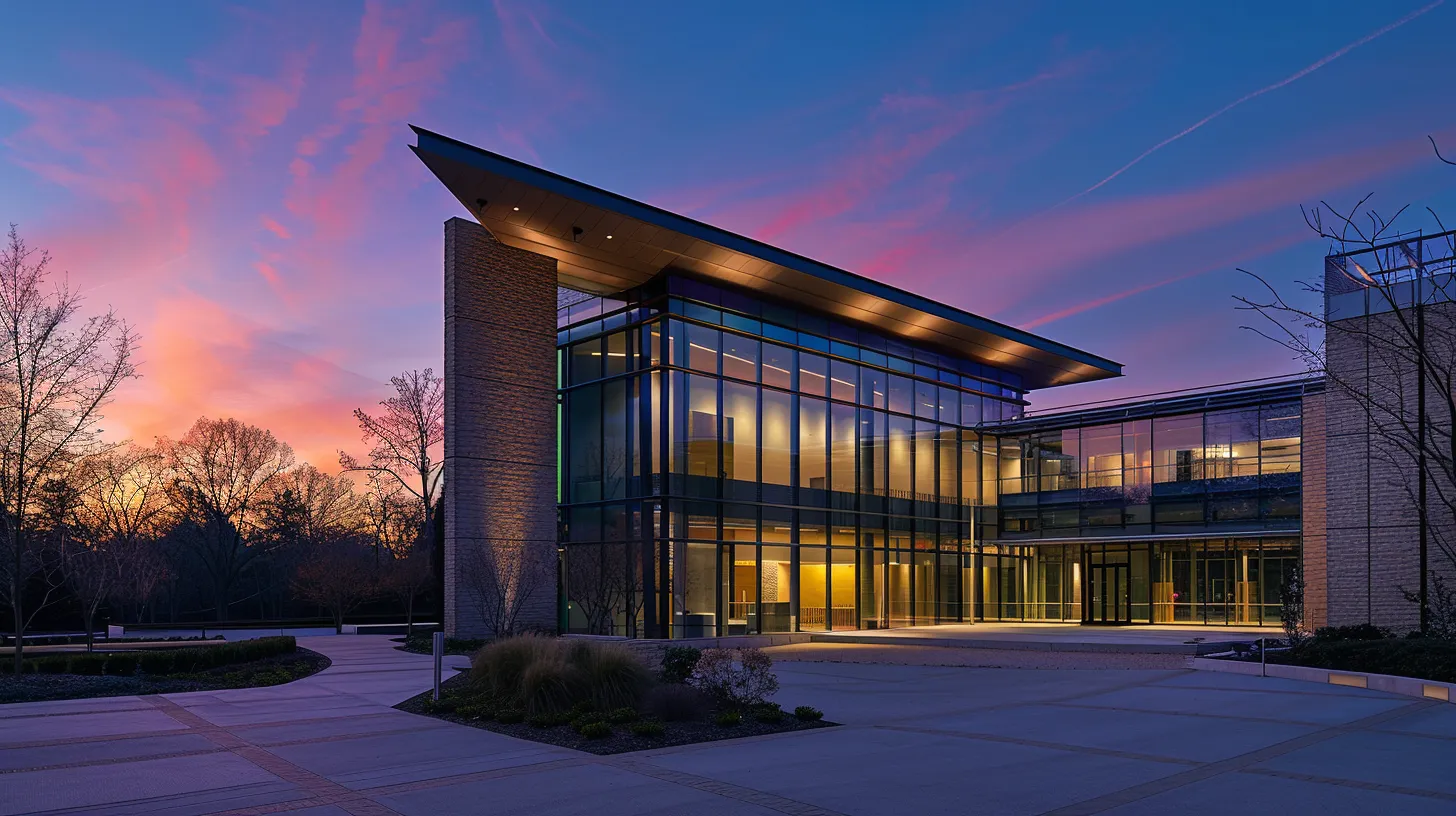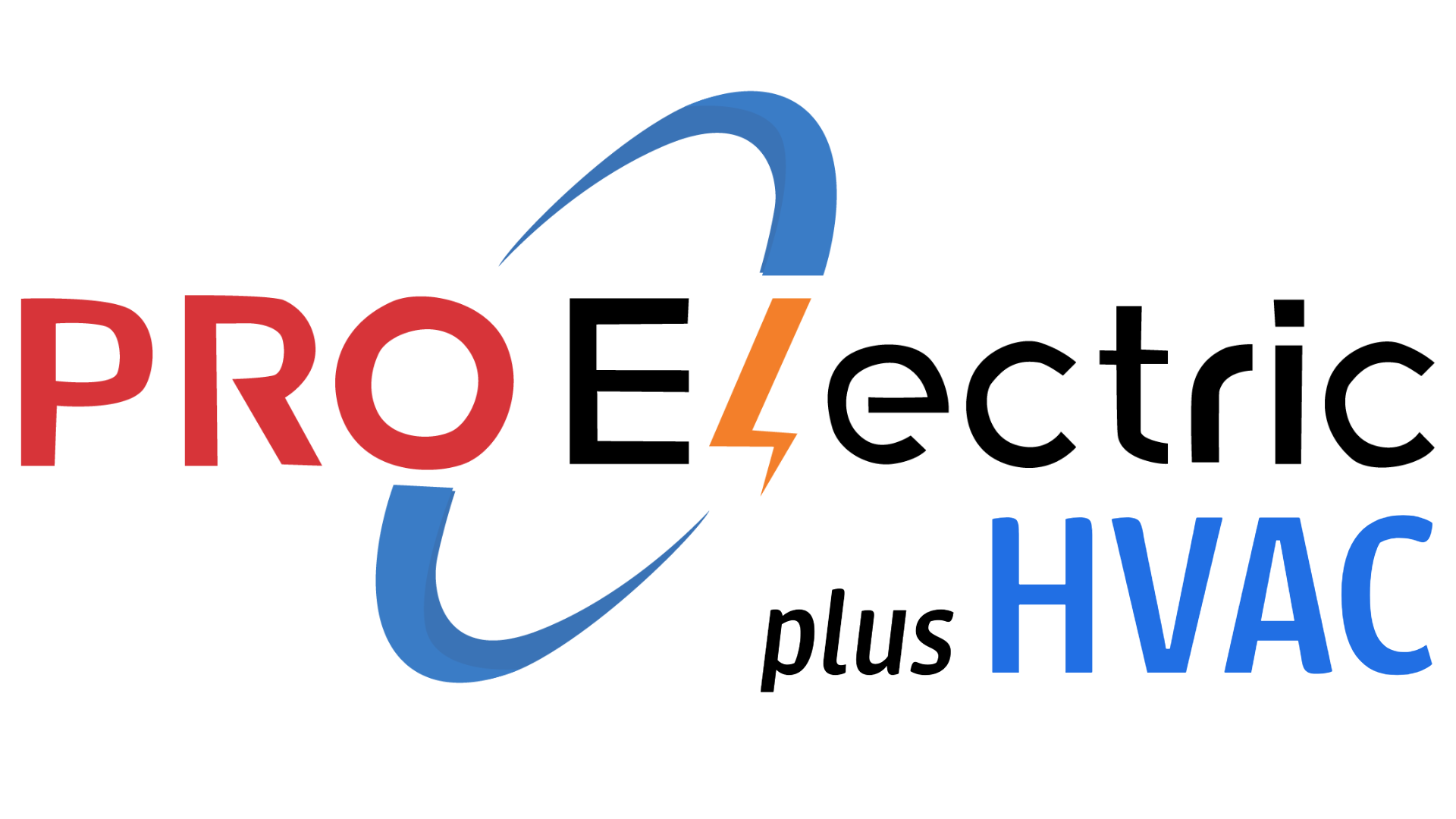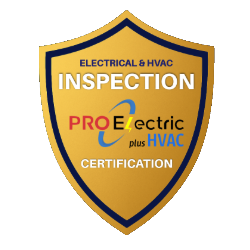Addressing Problems With Public EV Chargers vs. Home EV Chargers
Do you worry about your EV charging options and the challenges each brings? I recently learned that public and home EV chargers present distinct issues for drivers. In this post, I cover the main differences, cost implications, and reliability issues of public EV charging.
You’ll gain practical insights to help solve your charging problems and decide which option fits best with your needs.
Understand the Key Differences Between Public and Home EV Chargers

I break down crucial features of public charging stations as I compare them with home setups. I discuss benefits for homeowners, examine compatibility across electric vehicle models, and review infrastructure challenges impacting the automotive industry and climate change.
This overview sets the stage for practical insights into public versus home EV charger issues.
Identify Crucial Features of Public Electric Vehicle Charging Stations
I have observed that public electric vehicle charging stations rely heavily on advanced software systems to manage operations and maintenance effectively. As a result, I often encounter challenges such as broken ev chargers that require immediate attention to ensure reliable service for every electric car. My insights highlight that a robust combined charging system is essential to address these issues and meet user expectations.
From my perspective, the integration of modern software with a combined charging system plays a crucial role in the smooth functioning of public chargers. Handling broken ev chargers quickly is key to minimizing downtime and ensuring that every electric car can charge without interruption. I have seen firsthand how fine-tuning these aspects can improve overall performance and customer satisfaction.
Based on my experience, public charging stations must maintain a balance between technology and service reliability.
Effective software management becomes particularly important when dealing with broken ev chargers and other operational hiccups. I provide insights that support using an efficient combined charging system, ensuring even the most active electric car drivers have a positive and dependable experience.
Analyze the Benefits of Installing Chargers at Home
I have observed that installing home chargers gives homeowners control over their energy use, offering a personal solution that can enable efficient charging on their own road.
The technology in home setups is often designed to seamlessly fit daily routines, providing an edge over public alternatives.
From my standpoint, a home EV charger simplifies scheduling and eliminates the wait times common with public chargers. This approach helps users maintain consistent energy levels and supports advancements reminiscent of electrify america‘s commitment to boosting reliable charging options.
In my experience, home charging systems increase convenience by granting greater control over both energy consumption and maintenance schedules. This setup allows me to enable smoother operations, keeping daily commutes on track and mitigating the hassles often encountered on the public charging road.
Explore Compatibility Issues With Various Electric Vehicle Models
In my experience, various electric vehicle models have unique requirements for a battery charger, which can lead to compatibility challenges when using public EV chargers versus home systems. I have found it essential to check if the charger supports both electricity and alternating current to match the specifications of different vehicles. This clear approach ensures that the right power setup is used to meet each car’s specific needs.
I have encountered situations where public chargers, often used with a credit card for payment, do not always support every model available. The variability in design and output among these chargers sometimes creates gaps in compatibility, leading to delays or difficulties for drivers. I always recommend verifying the technical features of each charger to maintain a smooth charging experience that supports climate change mitigation efforts.
Through hands-on practice, I have observed that home chargers typically offer a more controlled environment for managing compatibility issues. I find that installing a battery charger designed with flexible input options enables me to bypass many problems seen at public stations. My approach helps maintain consistent energy flow and reliable alternating current delivery, directly benefiting vehicle performance while contributing to broader environmental goals.
I grasped the clear differences between public and home EV chargers. Now, I consider how public chargers serve drivers with ease and reliability.
Examine the Convenience of Public EV Chargers for Drivers

I assess the accessibility of public charging locations, typical charging times, and operational availability. I compare these against home options to pin down issues with public EV chargers.
Keywords like internal combustion engine, transport, infrastructure investment and jobs act, payment, and direct current play a role in understanding practicality and planning improvements to public infrastructure.
Assess the Accessibility of Public Charging Locations
I have noticed that finding conveniently located public charging stations can be challenging, especially when approaching areas with plenty of traffic and limited spots. When I use a debit card to complete my transactions, I often rely on real-time data to locate nearby chargers efficiently, ensuring a smooth process for recharging my electric vehicle battery.
In my experience, the accessibility of public charging sites is a significant factor in making them a practical option compared to home setups. I have frequently observed that factors such as proximity to key transportation routes and minimal wait times help mitigate any inconvenience related to accessing these stations, even when heat levels in busy urban centers increase the demand for fuel alternatives.
I have found that the best public charging locations are typically well-marked and easy to reach, which significantly benefits drivers in urgent need of a charge. By monitoring data on usage patterns and payment success via a debit card, I can assess the reliability of these locations and ensure my electric vehicle battery receives the power required, reducing the stress associated with unexpected downtimes.
Investigate Typical Charging Times at Public Stations
I carefully monitor typical charging times at public stations to ensure minimal delay, and I have found that waiting periods can vary widely. I keep an eye on renewable energy integration, which supports sustainable energy efforts while the engine of the charging infrastructure runs seamlessly.
I rely on real-time data from rmi to gauge charging efficiency, and I often experience how the accessibility of these stations directly affects my overall schedule. My hands-on experience confirms that even slight delays can impact daily plans and the comfort of using public EV chargers.
I actively compare my experience at public stations to home setups, noting that optimizing charging times is essential for drivers. Through my observations, improvements in renewable energy use and engine performance help reduce wait times, contributing to a more sustainable energy future.
Determine Operational Hours and Availability of Public Chargers
I frequently monitor public EV chargers to ensure they operate within consistent hours that meet drivers’ needs, especially along busy highway routes. I notice that proper operational timing is linked to stable supply chain management and active investment in electrification projects, which in turn helps reduce greenhouse gas emissions.
From my experience, confirming the availability of chargers during peak travel periods significantly eases the burden on drivers. I rely on clear schedules and updates that are reflective of ongoing electrification efforts and investment trends aimed at boosting infrastructure reliability.
My hands-on observations reveal that well-coordinated operational hours create a dependable service on highways, thereby supporting the broader goals of reducing greenhouse gas emissions. I appreciate how this consistency in public charger availability promotes smoother energy use and aligns with evolving supply chain practices in the EV sector.
Public chargers are easy to use, and their convenience leaves us wondering about their price tags. I now turn to compare spending on public chargers with what you pay at home.
Evaluate the Cost Factors of Public Versus Home EV Charging

I review pricing structures at public charging stations, compare it with home charger installation costs, and calculate real savings from home solutions. I provide clear information on the cost differences between combustion and electric solutions, discuss relevant policy impacts, and offer practical insights to improve how we manage energy expenses.
Review Pricing Structures at Public Charging Stations
I have noticed that pricing structures for public charging stations offer a variety of rate formats, which means you might find options like flat fees or pay-per-minute programs that suit different battery electric vehicle needs.
From my experience, some charging platforms such as evgo work to align costs with usage patterns, ensuring that users accessing the electrical grid efficiently manage expenses.
I have observed that competitive pricing helps balance service quality with efforts to reduce air pollution, making a clear case for steady investments in improved public charging networks.
Discuss Installation Costs of Home EV Chargers
I have seen that home EV charger installation costs can vary significantly based on how your utility setup connects with electric power supply. I have often compared these installations to the needs of a truck fleet, where specialized connections ensure optimal performance and smooth operation.
My experience as a consumer has taught me that factors like wiring upgrades and local permits play a major role in determining installation expenses. I have used a mobile app to track project timelines and expenses, helping me maintain transparent and predictable costs while setting up my home charging system.
I understand that each home installation is unique, and my focus has always been on ensuring a cost-effective approach without compromising quality. I have found that maintaining close contact with the utility provider and technical experts results in a setup that meets both safety standards and efficiency goals, making the process worthwhile.
Calculate Potential Savings From Home Charging Solutions
I have seen that home charging solutions can deliver significant savings compared to public charging, especially when I factor in the speed of installation and routine use. My research confirms that controlling charging at home helps reduce energy costs, making it a more attractive alternative fuel option over time.
By choosing a home-based system, I have improved my overall energy management, enabling me to plan charging sessions during off-peak hours. This setup also supports advanced features like inductive charging, which provides additional flexibility for drivers in an urban area.
When I compare the operating costs of public chargers with a customized home solution, the financial benefits become clear. The reduced reliance on external charging networks allows me to capitalize on lower expenses while ensuring consistent charging speed and convenience.
The cost of charging was just one side of the story. Now, I turn my attention to how often these public stations fail when you need them most.
Investigate Reliability Issues With Public EV Charging Stations

I have seen that public EV chargers face common issues like frequent downtime and maintenance delays that disrupt users, including tesla model s drivers. I compare these challenges to gasoline systems in north america and insights from the office of energy efficiency and renewable energy, offering practical perspectives on maintenance and reliability concerns.
Discuss Common Problems Faced at Public Charging Stations
I have found that public charging stations often suffer from technical glitches that lead to frequent downtime. My experience shows that even when chargers display a creative commons license for usage terms, users still face issues like prolonged wait times and inconsistent power delivery, which affects the overall percentage of completed charges. I always make it a point to check if the systems offer credit when errors occur.
In my observations, maintenance delays are a common problem at these charging stations. I recall a situation resembling an issue near Denver, where the lack of prompt repairs resulted in a lower percentage of operational units, leaving many drivers stranded without a proper charge. I emphasize to others the necessity for facilities that offer immediate credit for any inconvenience experienced.
Working with the federal highway administration guidelines, I noticed that outdated hardware sometimes hinders performance at public EV chargers. My hands-on experience confirms that when newer systems are not installed, the percentage of successful charge sessions drops noticeably, prompting me to seek facilities that quickly credit my usage in case of malfunctions. I firmly believe that regular updates and adherence to industry standards can reduce these common problems significantly.
Analyze Downtime and Maintenance Concerns for Public Chargers
I have noticed that downtime at public EV charging stations often relates to delayed maintenance and issues with energy storage systems. I track these issues closely and share my findings in my newsletter to help fellow drivers understand what to expect. I believe that improved maintenance protocols and better advertising of station capabilities could reduce these disruptions for every passenger.
In my experience, maintenance delays cause significant inconvenience, especially when charging systems rely on outdated energy storage solutions. I have encountered situations where even minor technical difficulties led to extended wait times that affect the comfort of each passenger. I always monitor these incidents and share practical insights, ensuring that my newsletter readers stay informed about the latest advertising updates regarding service improvements.
I see firsthand how a single malfunction in a public charging unit can impact overall reliability, prompting me to seek stations that offer real-time repairs for issues with energy storage capacity. I strive to provide actionable tips in my newsletter so that every passenger can plan better during unexpected downtime. I continue to highlight these concerns in advertising campaigns to push for higher standards and quicker maintenance responses at public locations.
Identify User Experiences Regarding Charger Reliability
My observations reveal that user experiences regarding charger reliability often hinge on clear communication about system issues, including clear licensing terms like those for creative commons usage that indicate accountability.
I have heard feedback from drivers in areas like Colorado and the United Kingdom, where operational demand and unexpected downtime have led to frustration when chargers fail to meet their promised license standards.
I use my own experiences to stress that reliable service is vital, and sharing real examples helps address the demand for transparency in charger performance, making it easier for users to trust public systems.
I tracked the flaws in public EV charging stations and saw firsthand where they fell short. Now, I turn my focus to the real benefits of charging at home, where simplicity and dependability work hand in hand.
Explore the Benefits of Home EV Charging Solutions

I focus on how home EV chargers let you set personalized charging schedules, reduce energy use and cost, and boost safety. I compare these benefits with public setups, whether you’re charging while using your mobile phone or planning away from a Massachusetts shopping mall. I cite research from the international energy agency and internet data, highlighting how home charging offers clear advantages.
Highlight Personalized Charging Schedules for Home Users
I have found that managing personalized charging schedules at home offers significant benefits for a customer looking to reduce greenhouse gas emissions. Setting my own timetable for charging helps me optimize energy use and avoid peak times, ensuring a steady charging routine that caters to my specific driving habits. This approach saves time and provides peace of mind during busy days.
Creating tailored charging schedules at home makes it easier for me to balance energy consumption with daily obligations. I have witnessed firsthand how coordinating charging times leads to smoother household operations and lower energy bills, while also positively impacting efforts to minimize greenhouse gas emissions. This control supports a more sustainable lifestyle and offers improved long-term cost management.
I promote personalized charging routines for homeowners as a practical solution to common charging delays seen at public locations. By planning the right moments to charge, I have experienced fewer interruptions and a more reliable service that benefits both my schedule and the environment. This self-managed setup enriches customer satisfaction by aligning with my sustainability goals while ensuring consistent performance.
Examine Energy Consumption and Cost Efficiency at Home
I have found that home EV charging offers noticeable savings on energy bills compared to public setups. Managing charging sessions at home allows me to use off-peak electricity rates, which directly reduces my monthly expenses. This method of energy consumption enables me to align charging times with lower usage periods, ensuring an efficient approach to powering my electric vehicle.
My experience shows that the predictable cost structure of home chargers stands out against the variable fees at public stations. I appreciate how a fixed installation and maintenance cost helps me plan my energy budget more effectively. This consistent pricing provides peace of mind and creates a straightforward path to better cost efficiency over time.
Optimizing energy use at home also gives me control over the entire charging process, resulting in lower overall electric costs. I have observed that managing the charging schedule in my own space eliminates the uncertainty and extra charges that can occur at public spots. This approach not only supports my personal budget but also contributes to a more sustainable energy consumption pattern for my daily driving routines.
Study Safety Benefits of Using Home EV Chargers
I have experienced that home EV chargers provide a controlled environment that minimizes risks associated with public charging stations. Installing a home charger lets me ensure all safety protocols are followed strictly, from proper wiring to secure mounting, which reduces potential hazards.
In my practice, having a home charging setup means I can monitor the system closely to detect any issues early. This direct oversight gives me peace of mind and allows me to make prompt adjustments, ensuring my vehicle charges safely every time.
Based on my experience, the design of home EV chargers incorporates advanced safety features that protect both the vehicle and my property. This proactive control over safety measures gives me confidence and prevents many common issues found in public charging systems.
Home EV charging offers real advantages that make daily routines simpler. Next, we look ahead to see what lies in store for public and home EV charging, a trend that may reshape our world.
Assess Future Trends for Public and Home EV Charging Solutions

I review emerging shifts in public charging infrastructure, noting advancements that promise more robust networks. I also examine new innovations in home charger technology and consider upcoming policy changes aimed at improving EV charging accessibility. My insights offer a straightforward look at these developments, setting the stage for practical assessments of future trends in the EV space.
Predict Advancements in Public Charging Infrastructure
I have seen that investment in technology is set to improve public charging infrastructure by making systems more responsive to user needs. Upgraded software and improved energy management protocols are factors that will help public EV chargers remain reliable and efficient for electric vehicles. These changes are expected to reduce downtime and enhance service availability in busy areas.
I predict that ongoing research will lead to the faster integration of smart grid technologies in public charging stations. Such advancements promise to optimize energy distribution and support renewable energy sources, thereby reducing costs for drivers. I believe that these improvements will address many common frustrations that users face with inconsistent charging performance.
Recent developments in maintenance protocols and remote monitoring serve as early indicators of progress in public EV charging infrastructure. I have observed pilot programs that report quicker response times to technical issues, resulting in more reliable service. With continued progress, I expect these systems to offer more precise real-time data and better predictability for users on the go.
Explore Innovations in Home Charger Technology
I have observed that new home charger technology focuses on improved energy management and safety features. I appreciate how these advancements make managing my charging routine simpler and more dependable.
I have experienced firsthand that these new designs help lower energy costs by synchronizing charging during off-peak hours. This approach offers a solution for reducing unexpected expenses, which is a common concern for homeowners.
I have found that the integration of smart technology in home chargers provides quick alerts and system updates. This innovation not only helps me monitor usage effectively but also offers the reassurance needed to address common charging issues confidently.
Consider Potential Policy Changes Impacting EV Charging Accessibility
I have noticed that upcoming policy changes aim to improve the ease of accessing EV charging services, ensuring that both public and home setups benefit from increased support.
I focus on how regulatory adjustments can remove barriers for homeowners and drivers seeking reliable charging solutions. These changes may help make improved maintenance and energy management systems more available to everyone.
I have monitored discussions among industry experts who predict that revised guidelines will create opportunities for more consistent charger availability.
I see these policy shifts as a way to standardize performance measures and boost driver confidence in both public and home charging options. My observations suggest that updated rules could streamline installation processes, resulting in fewer disruptions.
I have experienced firsthand that clearer policies enhance transparency in the EV charging sector.
I advise fellow drivers to stay informed about proposed policy changes that may affect charging costs and operational hours.
Embracing these policy updates will ultimately support a smoother transition to better energy management and robust infrastructure.



